Tour de France 2019 route analysis: A climber's paradise
The low level of time trial kilometres and high mountain finishes mean a pure climber could flourish in the 2019 Tour
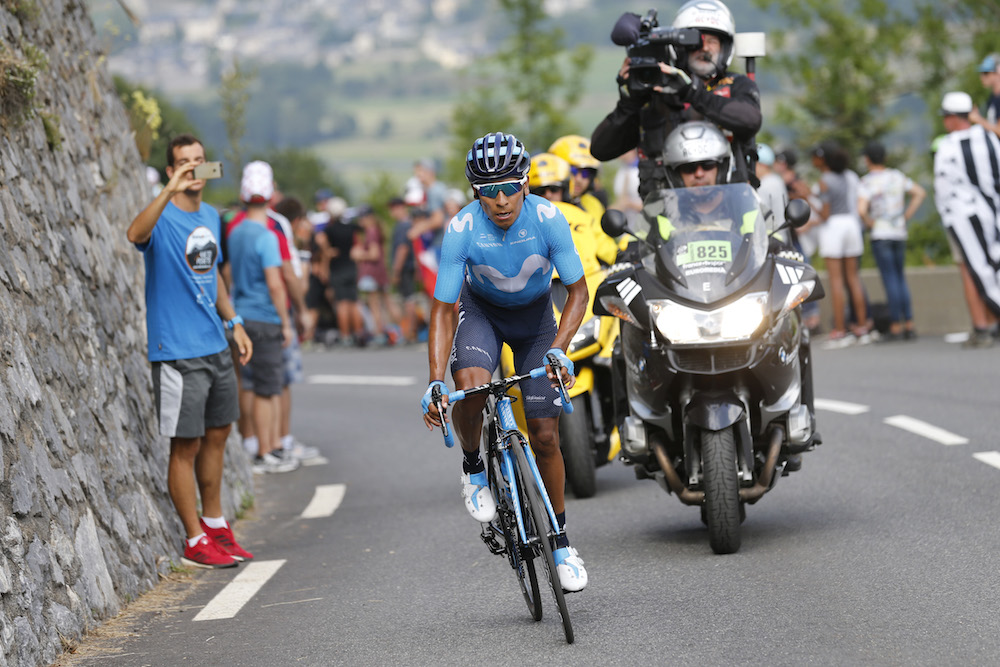
Nairo Quintana on stage 17 of the 2018 Tour de France (Sunada)
Two things usually jump out upon first glance of a Grand Tour route - the total number of mountain top finishes, and how much time trialling there will be.
The answers to both in regards to the 2019 Tour de France route (five of the former, 27km of the latter) indicates pretty firmly that this will be a race for the climbers.
In fact, only the 2015 edition has featured fewer kilometres of individual time trialling since before the discipline was introduced all the way back in 1934, illustrating just how slim the pickings will be for specialists against the clock come July.
In past years, this might have been a disadvantage for Team Sky. Both Chris Froome and Bradley Wiggins before him generally built the foundations for their overall victories with dominant rides in time trials, gaining whole minutes over some of their major rivals.
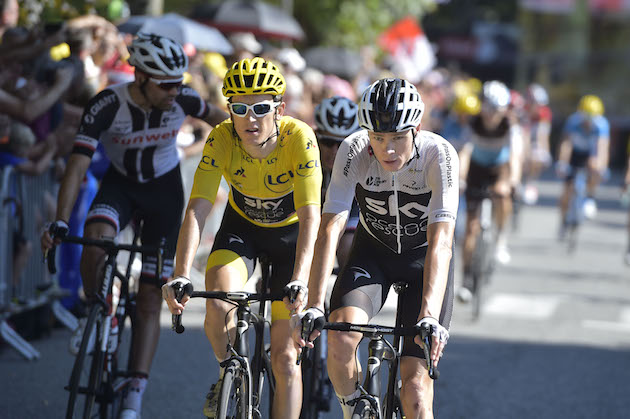
However, the emergence of a certain Tom Dumoulin (Sunweb) over the past few years as the most dangerous challenger to Sky’s stranglehold on the yellow jersey has shifted the dynamic - now time trials represent territory in which the team might lose, rather than gain, time.
Throw in the talent against the clock of threats like this year’s revelation Primož Roglič (LottoNL-Jumbo) and even Richie Porte (Trek-Segafredo), and perhaps Team Sky will even be breathing a sigh of relief at the lack of time trialling this year.
As for the five summit finishes, the first - to La Planche des Belles Filles on stage six - looks set to be crucial. In each of the Tour’s three previous visits here, the rider to have emerged from this stage in yellow (Wiggins in 2012, Vincenzo Nibali in 2014 and Froome in 2017) has gone on to win it in Paris, and the addition of an extra kilometre of gravel roads at over 20 per cent at the top will make the climb yet more selective.
Get The Leadout Newsletter
The latest race content, interviews, features, reviews and expert buying guides, direct to your inbox!
Here will be where Sky will seek to take control of the race with their usual carefully planned train of superdomestique climbers, but they may face more competition than normal if Simon Yates decides to ride.
The Mitchelton-Scott rider based both his long stint in the pink jersey at the Giro and overall victory at the Vuelta on gaining time in early short, steep finishes just like this, and would be difficult to contain.
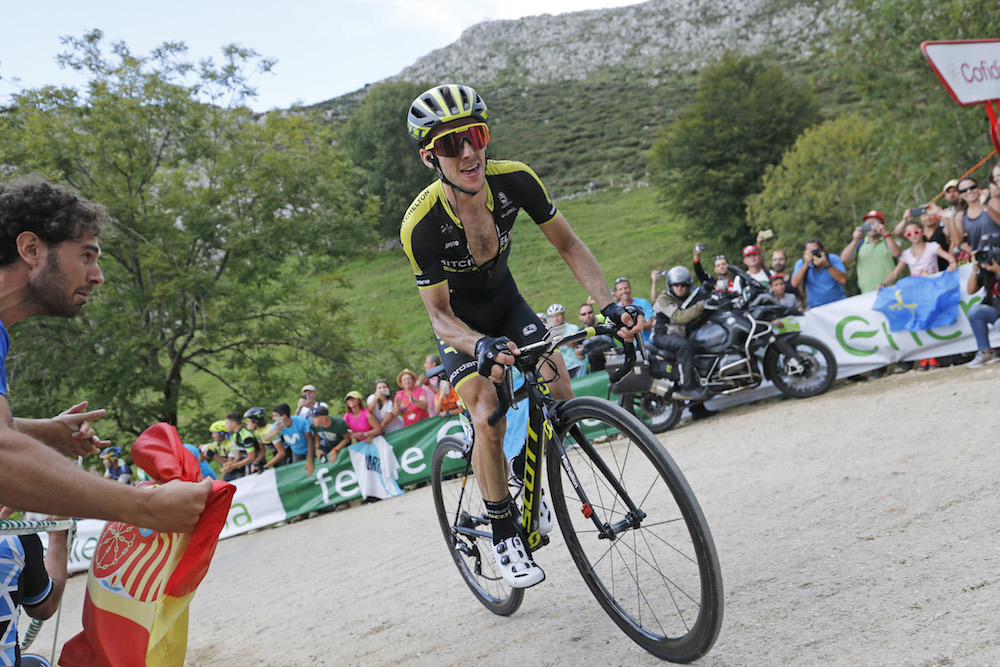
The problem for Yates might theoretically lie in the other mountain top finishes, which are notable for just how long and high in altitude they are. The climb to Tignes in the Alps and the iconic Tourmalet in the Pyrenees both stand at over 2000m, while stage 20’s finishing climb to Val Thorens goes uphill for a colossal 33km.
These are mountains suited to climbers who like to grind out a rhythm over a prolonged period of time - riders like Nairo Quintana (Movistar). In fact, with its lack of time trialling and awkward first week stages like last year’s cobbles, the whole route looks well-suited to the Colombian - if, that it, he can rediscover the form and consistency that has somehow abandoned him this past year-and-a-half.
Other riders who will be relishing these climbs include Vincenzo Nibali (Bahrain-Merida) and Romain Bardet (Ag2r La Mondiale), although Bardet will be somewhat chagrined as organisers of his home race are so insistent upon again including a team time trial in the first week, a discipline he lost over a minute in last year.
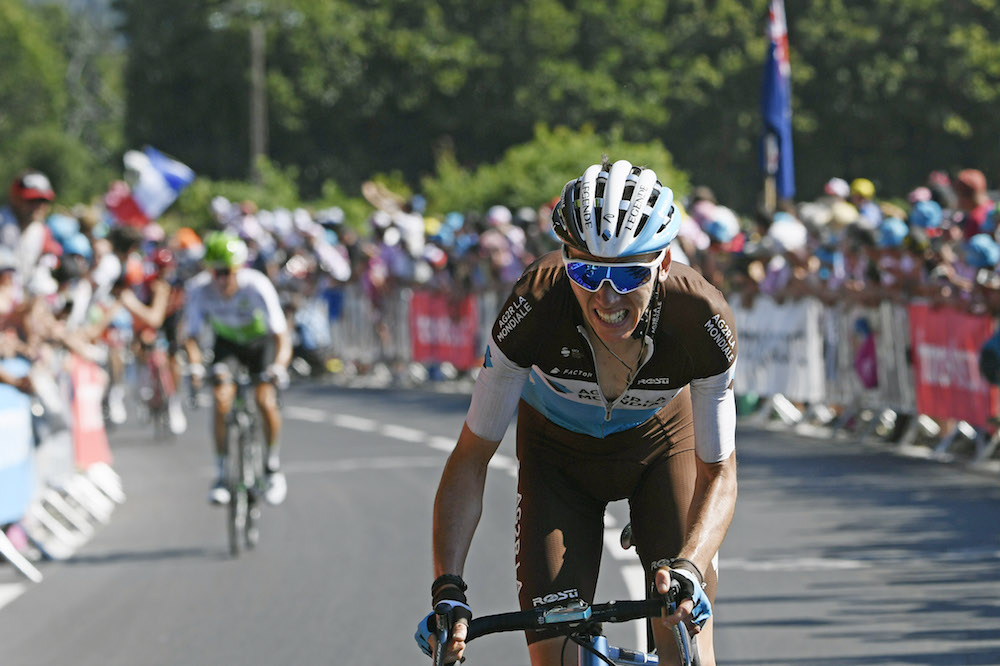
Both Nibali and Bardet may also have liked more of an emphasis on descending, although stage 18, with its triple-header of the Col de Vars, Izoard and Galibier and subsequent downhill to the finish, could be the setting for one of their trademark bold attacks.
Finally, one burning question is whether the route better suits Chris Froome or Geraint Thomas, and what impact it will have in determining who Sky’s leader will be. Both have very similar attributes, so the significance of the route shouldn’t be overstated, but it’s true that a more conventional opening week will make it harder for Thomas to gain the kinds of pockets of time that saw him make such a decisive start last year.
Aside from that, with such an unusual number of points in next year’s route reaching over 2000m, how they cope in the trying conditions of low oxygen and high altitude could be decisive - as it will be for every contender in the race.

Thank you for reading 20 articles this month* Join now for unlimited access
Enjoy your first month for just £1 / $1 / €1
*Read 5 free articles per month without a subscription

Join now for unlimited access
Try first month for just £1 / $1 / €1
Stephen Puddicombe is a freelance journalist for Cycling Weekly, who regularly contributes to our World Tour racing coverage with race reports, news stories, interviews and features. Outside of cycling, he also enjoys writing about film and TV - but you won't find much of that content embedded into his CW articles.
-
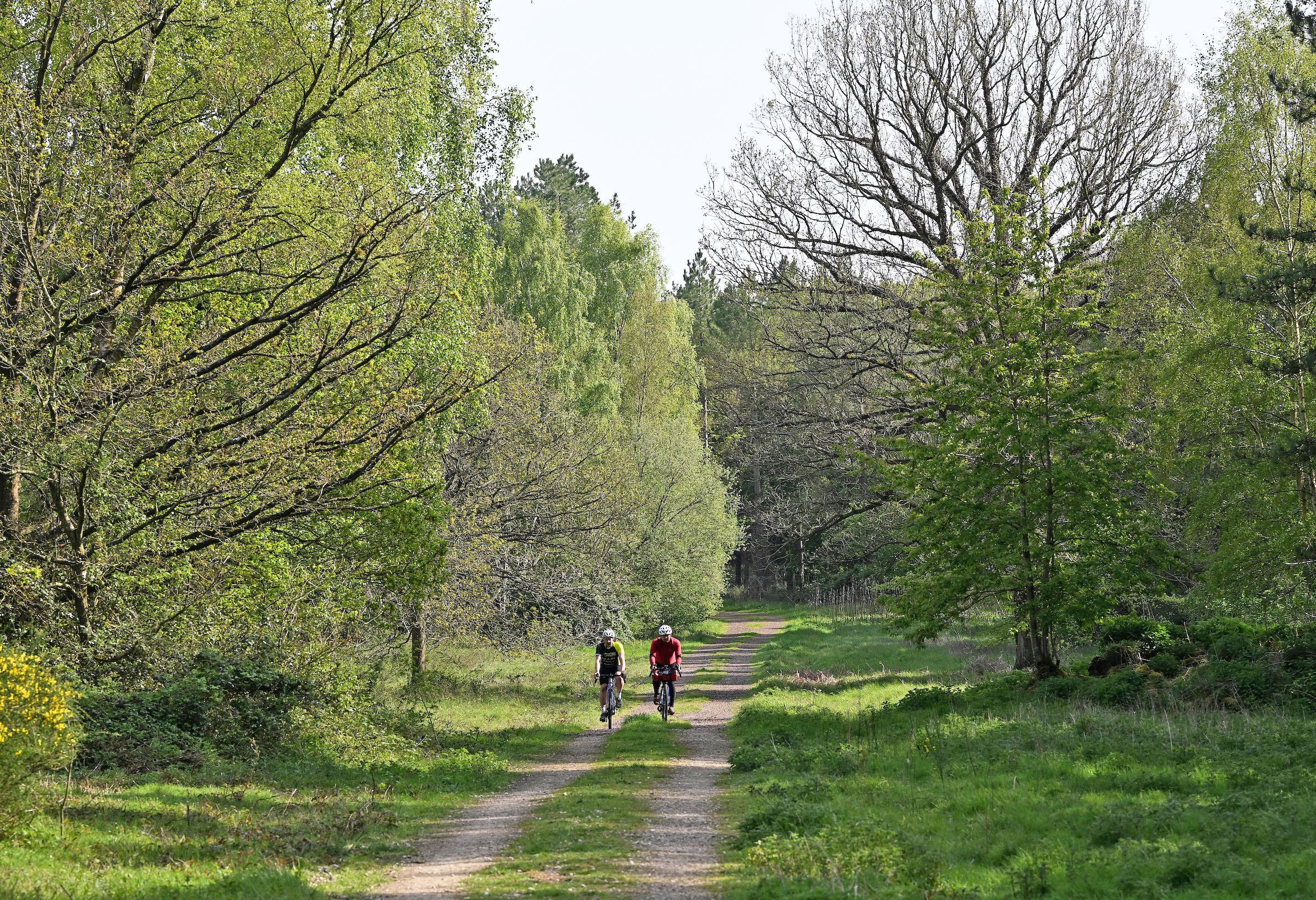 The sun's out and so am I: why there's no shame in being a fair-weather bike rider
The sun's out and so am I: why there's no shame in being a fair-weather bike riderLet's be honest, rain and riding bikes don't mix well – there's nothing wrong with waiting for the sun
By James Shrubsall
-
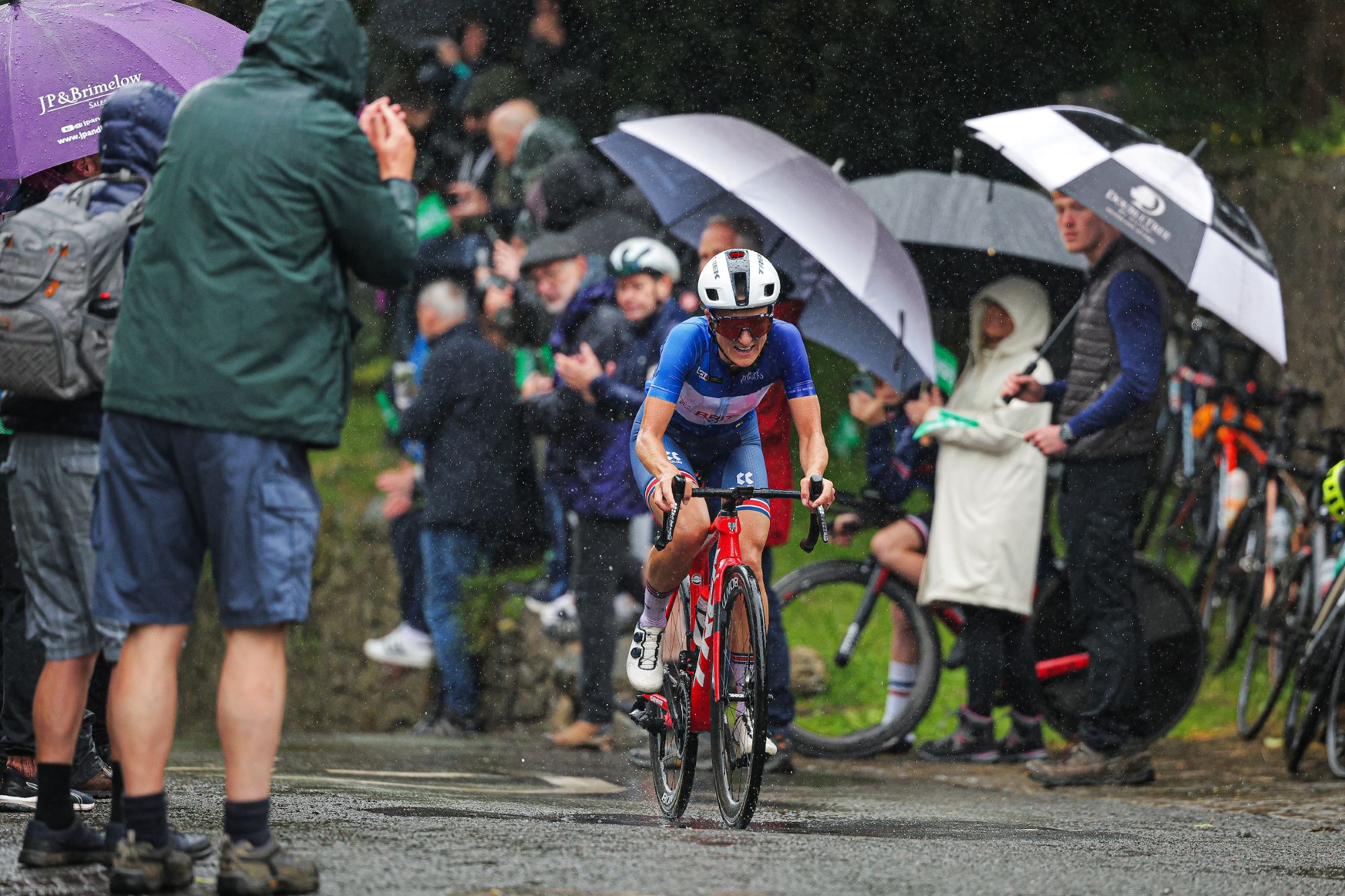 FDJ-Suez, SD Worx-Protime, Lidl-Trek confirmed for Tour of Britain Women as strong list of teams announced
FDJ-Suez, SD Worx-Protime, Lidl-Trek confirmed for Tour of Britain Women as strong list of teams announced18 teams set to take part in four-day WorldTour stage race
By Tom Thewlis